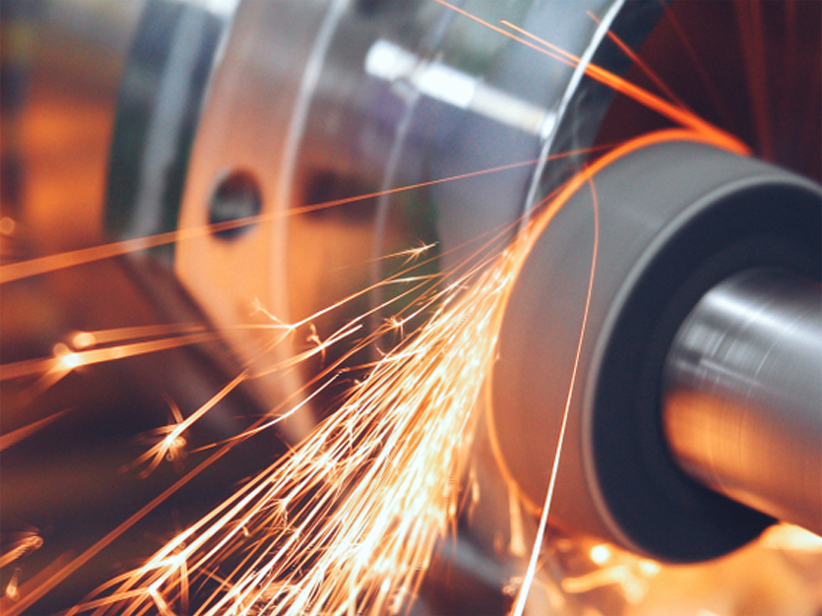Description
Stainless Steel Grade 415M/1.4005 is a martensitic stainless steel known for its high strength and hardness. It is particularly suitable for applications where high mechanical properties and moderate corrosion resistance are required. This grade is often used in demanding environments where durability and strength are essential.
Chemical Composition
Carbon (C): 0.35 - 0.45%
Chromium (Cr): 12.0 - 14.0%
Nickel (Ni): ≤ 0.60%
Manganese (Mn): 0.60 - 1.00%
Silicon (Si): ≤ 1.00%
Sulfur (S): ≤ 0.030%
Phosphorus (P): ≤ 0.040%
Mechanical Properties
Tensile Strength: 800 - 950 MPa
Yield Strength: 600 - 850 MPa
Elongation at Break: 10 - 15% in 50 mm
Hardness: 210 - 250 HB
Thermal & Physical Properties
Density: 7.70 g/cm³
Melting Point: 1450°C
Thermal Conductivity: 25.4 W/m•K
Thermal Expansion: 11.5 x 10⁻⁶ /°C (20-100°C)
Specific Heat Capacity:500 J/kg•K
Other Designations
ASTM: A314
AISI: 415
UNS: S41500
Fabrication and Heat Treatment
Machinability: Good machinability in the hardened and tempered condition.
Welding: Not recommended due to the risk of cracking; if necessary, preheat and post-weld heat treatment are required.
Heat Treatment:
Annealing: Heat to 850 - 1050°C, followed by cooling in air or water.
Hardening: Heat to 980 - 1040°C, quench in water or oil, then temper at 150 - 250°C as required.
Applications
Automotive: Engine components, gear shafts, and valve components.
Oil & Gas: Pump shafts, valve bodies, and high-stress components.
Industrial Machinery: Components requiring high strength and hardness, such as bearings and shafts.
Marine: Components exposed to harsh marine environments with moderate corrosion resistance needs.
Supplied Forms
Bars
Rounds
Forgings
Features
High Strength: Offers excellent tensile and yield strength, making it suitable for high-load applications.
Good Hardness: Provides good hardness after heat treatment, enhancing wear resistance.
Moderate Corrosion Resistance: Suitable for environments where moderate corrosion resistance is required.
Fabrication Friendly: Can be machined and formed effectively in the hardened state.






